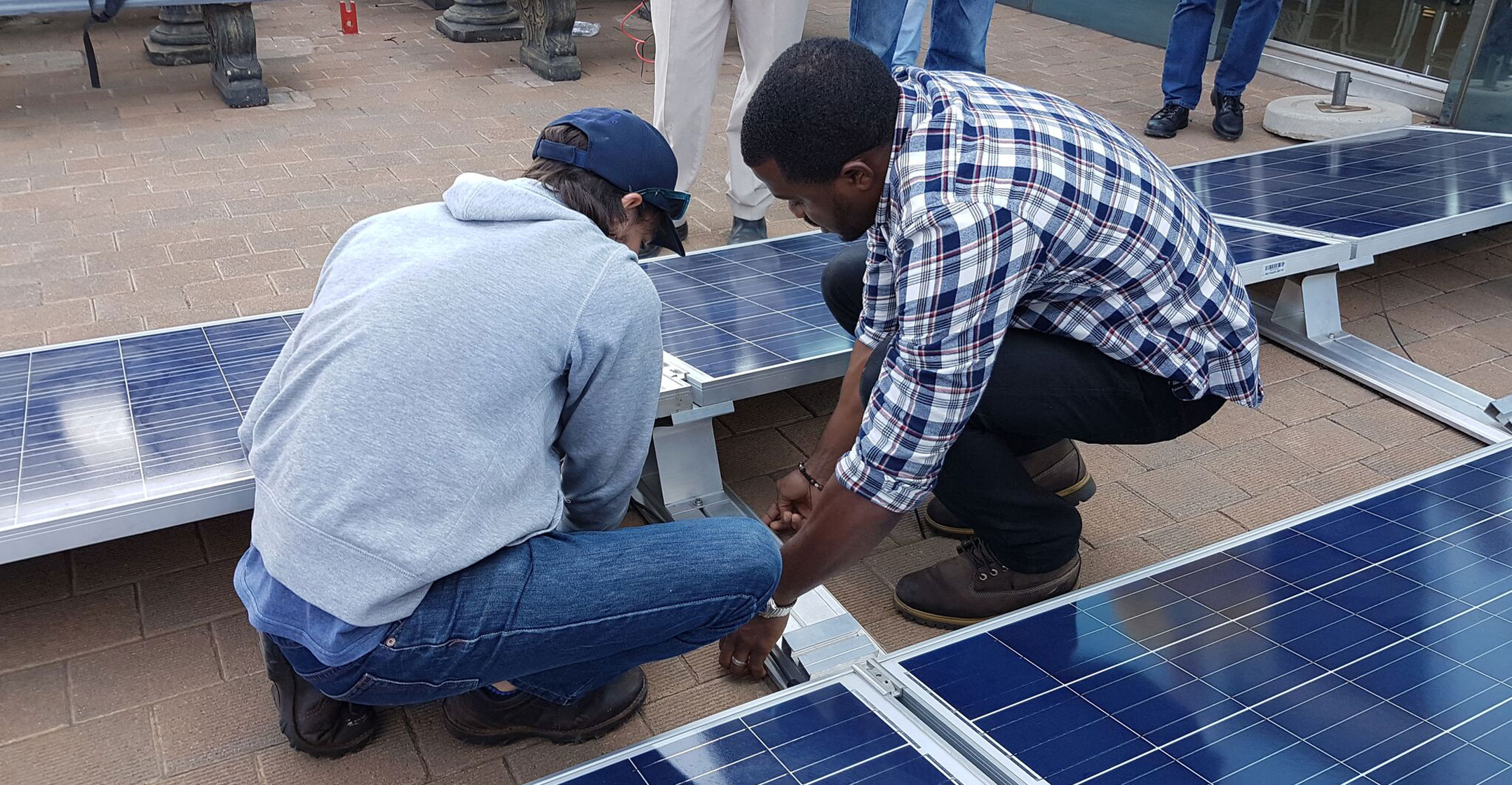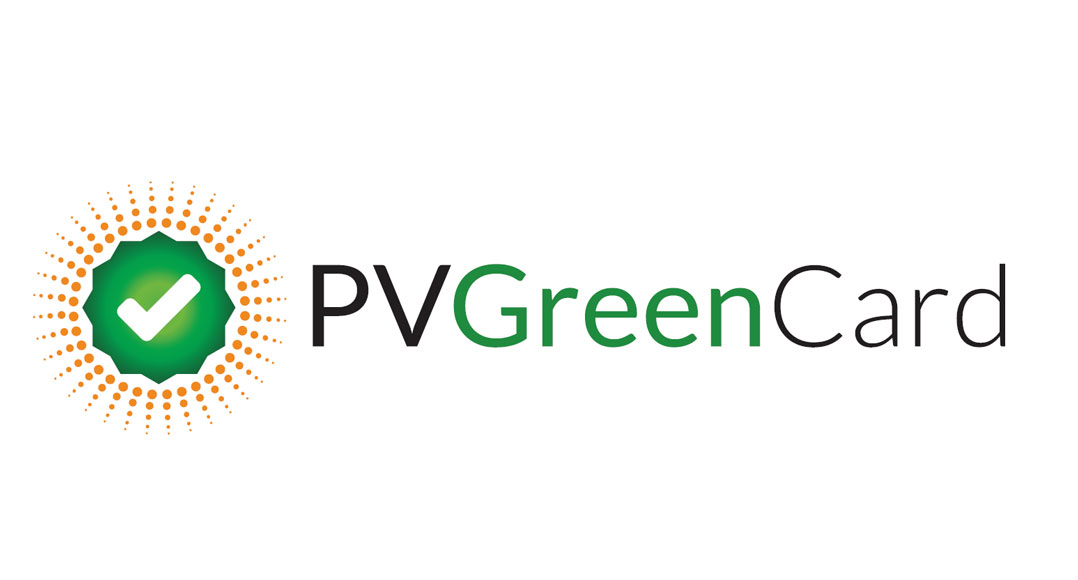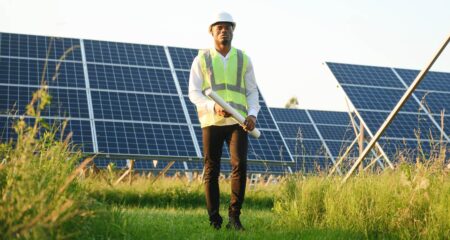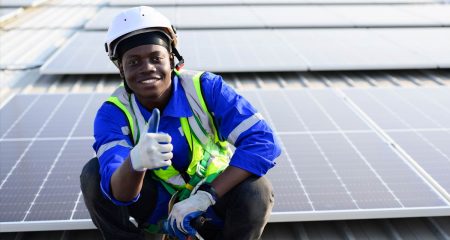
[dropcap]D[/dropcap]rastic reductions in the cost of solar photovoltaic (PV) panels in recent years, along with uncertainty regarding Eskom pricing and continuity of supply, have fuelled huge growth in the installation of rooftop solar in South Africa.
The increased popularity of these systems has led to the growth of a robust installation industry, but one with no standardised licensing system or quality regulation to ensure quality and safe solar PV.
Together with industry, the South African Photovoltaic Industry Association (Sapvia) hopes to change that with the PV GreenCard certification scheme.
In 2016, according to the World Economic Forum, solar PV generation reached grid parity with fossil fuel generation. Apart from small hydroelectric generation, PV is the cheapest source of electrical energy and prices continue to fall thanks to technology and manufacturing improvements.
In South Africa, which is blessed with sunshine year-round, it is natural that the number of PV installations should be growing strongly. In fact, according to the Global Solar Atlas, a 1m² area receives the equivalent solar energy of 6kWh of electrical energy on an average day in Johannesburg.
South Africa still lags behind developed countries in the volume of solar generation, and although the biggest in Africa, still contributes only about 1% of total worldwide PV generation. But that is likely to change rapidly over the next few years as new residential and commercial installations are rolled out.
Sapvia is a not-for-profit body that consists of active players in South Africa’s photovoltaic market. The association focuses on growing the solar PV electricity market and aims to contribute to the country’s renewable energy roll-out.
Together with international partners such as the German Solar Association (BSW) and local municipalities, training institutes and nonprofits such as GreenCape, the association hopes to regularise this burgeoning industry by creating a credible framework for industry training, installation quality and certification.

The aim is to ensure that installations are safely and correctly carried out by competent and compliant technicians, and can be certified as such. This would then allow peace of mind to both commercial and residential owners, as well as providing necessary checks and balances for funders and insurers, Sapvia said. The outcome of this voluntary regulation process is the launch of the PV GreenCard.
A PV GreenCard certification of an installation ensures that the installation is undertaken by technicians that have undergone and passed mandatory training, that the installer is endorsed by Sapvia, and that a proper scoping and standardised checklist of installation has been completed. This allows for a standardised level of quality and safety.
For the end user, the process of identifying compliant suppliers is made easier by the availability of a database of suppliers on the Sapvia website. Plus, on completion of an installation, a certified PV GreenCard installer will issue the client with both a digital and physical document that details all of the specifications of the solar PV system as well as a checklist that all of the required installation steps have been completed to the required standard. This document can in turn be used as proof of compliance for insurance, finance and regulatory purposes.
Sapvia chairman Davin Chown said the PV GreenCard should serve as a nationally standardised “as-built report” that should be issued with every small-scale PV installation. — © 2017 NewsCentral Media




